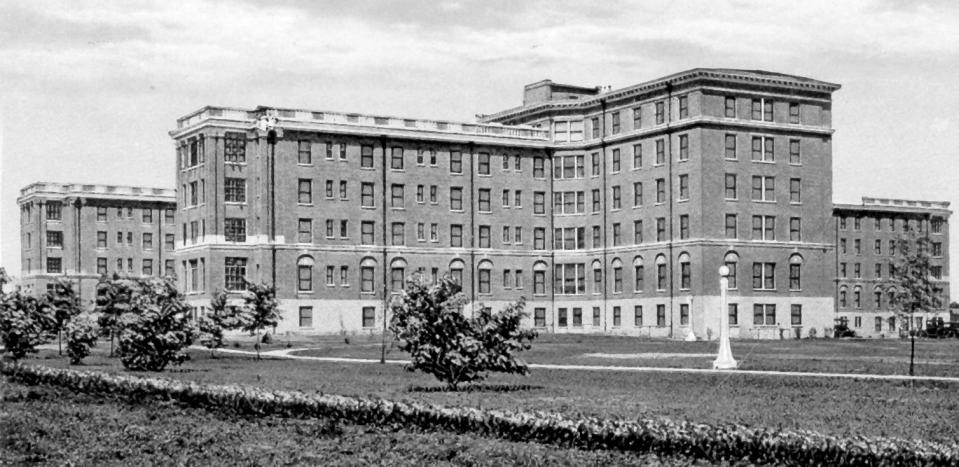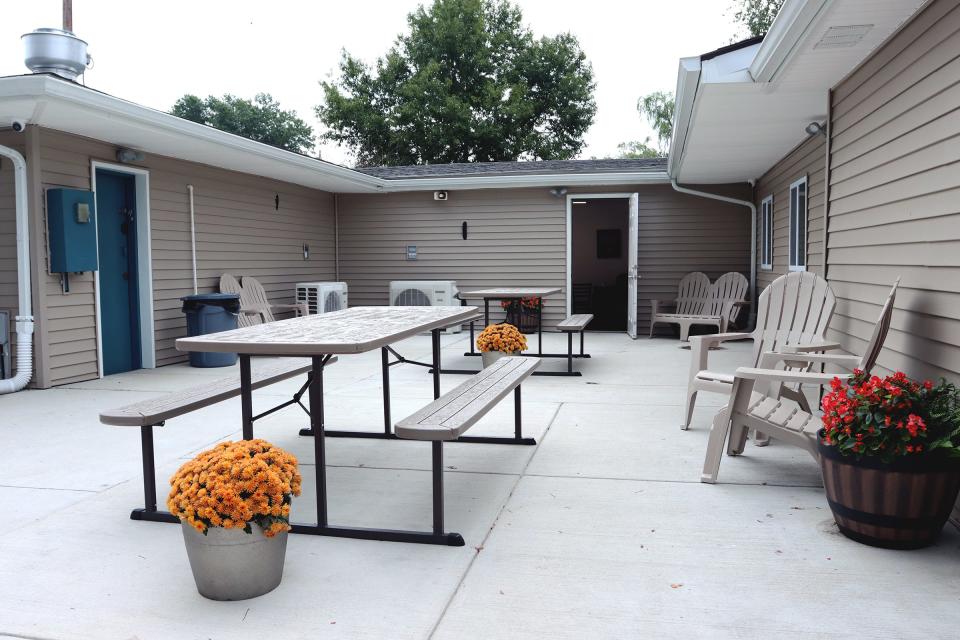Just Askin': Some Louisville neighborhoods are named after saints. Here's why
Four of the more than 10,000 saints recognized by the Roman Catholic Church have deep-rooted ties to Louisville. Church traditions honor these local saints for their efforts to advance the faith and remember them for their gruesome deaths.
However, the names of Louisville's saintly neighborhoods can be directly traced back to some of the area's first churches and hospitals, not the holy men themselves. Here's a brief history of how these communities came about.
St. Matthews
St. Matthews got its name around 1850, when Protestant leaders named the community after the St. Matthews Episcopal Church. A new post office officially adopted the name in 1851, according to a 1989 Courier Journal article.
Col. John Floyd, a land surveyor, was the area's first resident. He established Floyd's Station, which attracted settlers from Virginia, Maryland, Pennsylvania and New York. Concerned about attacks from Native Americans, Floyd recruited a militia and built barriers around the settlement, according to the Carnegie Center for Art and History.
Around 1840, the community came to be known as Gilman's Point. Daniel Gilman owned a tavern at what is now the intersection of Breckenridge Lane, and Shelbyville and Westport roads, The Courier Journal previously reported. A business district grew out of this area.
Saint Joseph

Though it's home to Dairy Kastle, Nord's Bakery and Zanzabar, Louisville's Saint Joseph neighborhood goes beyond these businesses.
The area is named for the Saint Joseph Infirmary, which opened on Fourth Street in 1853, according to the Sisters of Charity of Nazareth, the original owner of the hospital. Seventy years later, the sisters broke ground on a larger facility on Eastern Parkway and Preston Street. The new Saint Joseph hospital also housed a nursing school, where 1,540 students would graduate between 1926 and 1971, according to the Kentucky Historical Society.
St. Joe's treated wounded Civil War soldiers, patients suffering from the 1918 Spanish flu and those who were injured during the 1937 Ohio River flood, according to the sisters.
In 1970, the sisters sold the infirmary to Extendicare Inc., citing a lack of funding and staffing necessary to continue operating the hospital. The building was demolished in 1980, according to the Kentucky Historical Society.
St. Denis

In the third century, St. Denis was a bishop in Paris who was beheaded at a time when preaching Christianity was illegal in the Roman Empire, according to an article from the Encyclopedia Britannica. One legend says St. Denis held his head in his hands while he walked to his chosen burial site.
St. Denis Catholic Church was founded in southwest Louisville in 1916, according to a 2009 Courier Journal article. The church was built to accommodate a growing population of Catholics. In 2008, the St. Denis parish merged with three other churches to form Mary Queen of Peace, located in Shively.
The St. Denis church had a school on its grounds until 2004, when three schools merged to form Notre Dame Academy, The Courier Journal previously reported.
On the site of the former church are the St. Denis Senior Apartments and a community resource center for people experiencing homelessness.
St. Regis Park
Located just south of the Interstate 64-Watterson Expressway interchange, St. Regis Park was originally founded as a subdivision in 1952 and was incorporated as a city a year later, which ensured it would not be annexed by the city of Louisville, The Courier Journal reported in 2003.
In 2020, about 1,500 people lived in St. Regis Park, according to data from the U.S. Census Bureau.
St. Regis, born John Francis Regis, was a 17th-century French Jesuit priest. While living on a diet of apples, bread and anything he could find on his travels, Regis spent much of his life preaching to children, poor people, prisoners and prostitutes across France, according to the Society of Jesus. Regis was officially recognized as a saint by the Roman Catholic Church about 100 years after his death.
Reach reporter Leo Bertucci at lbertucci@courierjournal.com or @leober2chee on X, formerly known as Twitter
This article originally appeared on Louisville Courier Journal: How Louisville's 4 saintly neighborhoods got their names

